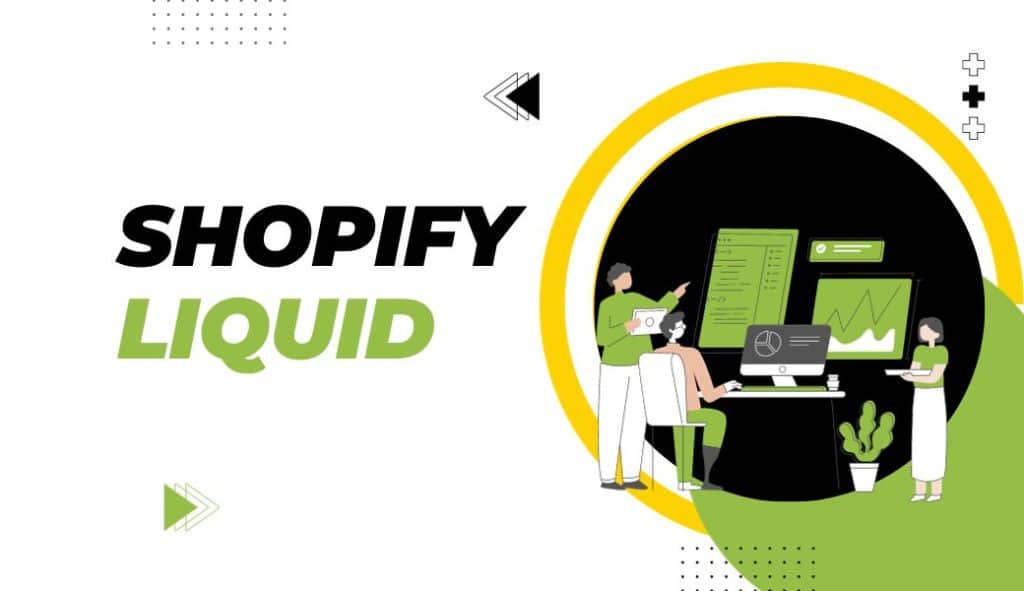
An Introduction to Shopify Liquid Coding: Powering Your Customizations
Shopify is not just a leading e-commerce platform; it’s also a playground for developers and store owners who want to customize their online stores. At the core of Shopify’s customization capabilities is Liquid—a powerful, open-source templating language created by Shopify. Whether you’re new to Shopify or looking to enhance your coding skills, understanding Liquid is essential. In this blog, we’ll explore what Liquid is, its key features, and how you can use it to create a highly personalized shopping experience.
What is Shopify Liquid?
Liquid is a templating language that acts as the backbone of all Shopify themes. It allows you to dynamically display content on your storefront. Unlike traditional programming languages, Liquid focuses on blending static HTML with dynamic content fetched from Shopify’s database, such as product details, collections, and customer information.
Liquid code runs on Shopify’s servers, meaning you don’t need to worry about server-side coding or complex installations. It’s lightweight, fast, and purpose-built for e-commerce.
Key Components of Liquid
To start working with Liquid, you’ll need to familiarize yourself with its primary components:
1. Objects
Objects are variables that contain data from your Shopify store. You can use them to display information like product names, prices, or customer details. For example:
{{ product.title }}This outputs the title of a product.
2. Tags
Tags control the logic and flow of your templates. They don’t produce visible output but allow you to add conditions, loops, and control structures. Common tags include:
{% if %}: Adds conditional logic.
{% for %}: Creates loops.
{% assign %}: Assigns values to variables.
Example:
{% if product.available %}
This product is in stock.
{% else %}
Out of stock.
{% endif %}3. Filters
Filters are used to modify the output of objects. They act like functions, allowing you to format text, numbers, or dates. For example:
{{ product.price | money }}This converts a product’s price into a properly formatted currency value.
4. Theme Structure
Liquid files are organized within the Shopify theme’s directory, and each file serves a specific purpose. Key file types include:
Layout files: Define the overall structure of your store.
Template files: Control the layout of specific pages (e.g., product pages, collection pages).
Snippet files: Contain reusable code blocks.
Sections: Allow for modular, customizable components.
Getting Started with Liquid
1. Accessing Your Shopify Theme
Log in to your Shopify admin.
Go to Online Store > Themes.
Click Actions > Edit Code.
Here, you’ll find all your theme’s Liquid files, organized into folders like “Sections,” “Snippets,” and “Templates.”
2. Example: Customizing the Product Page
Let’s say you want to display a message on the product page if an item is on sale:
{% if product.compare_at_price > product.price %}
<p>This product is on sale! Original price: {{ product.compare_at_price | money }}</p>
{% endif %}This code checks if the original price is greater than the current price and displays a sale message accordingly.
3. Using Snippets for Reusable Code
Snippets allow you to create reusable pieces of Liquid code. For instance, you can create a snippet to display a product’s rating:
Create a new snippet called
product-rating.liquid.Add the following code:
<div class="rating">
Rating: {{ product.rating | default: 'No ratings yet' }}
</div>Include the snippet in your product template:
{% include 'product-rating' %}Best Practices for Liquid Coding
Comment Your Code: Use comments to explain your logic and make your code easier to read:
{% comment %} Check if product is in stock {% endcomment %}Test in a Backup Theme: Always create a duplicate of your theme before making major changes.
Use Online Resources: Shopify’s Liquid documentation is a valuable resource.
Keep Code Modular: Use snippets and sections to keep your code organized and maintainable.
Why Learn Liquid?
Liquid coding empowers you to take full control of your Shopify store’s appearance and functionality. Whether you want to enhance the user experience, add dynamic content, or create unique designs, Liquid provides the tools you need to bring your vision to life. For developers, learning Liquid opens doors to offering Shopify theme customization services, a highly in-demand skill in the e-commerce world.
Conclusion
Shopify Liquid is a versatile and powerful templating language that allows for endless customization possibilities. By mastering its components and practicing coding within your Shopify theme, you can create a truly unique and engaging shopping experience for your customers. Whether you’re a store owner or a developer, Liquid coding is an invaluable skill in the Shopify ecosystem.
Ready to dive in? Start exploring Liquid today and unlock the full potential of your Shopify store!